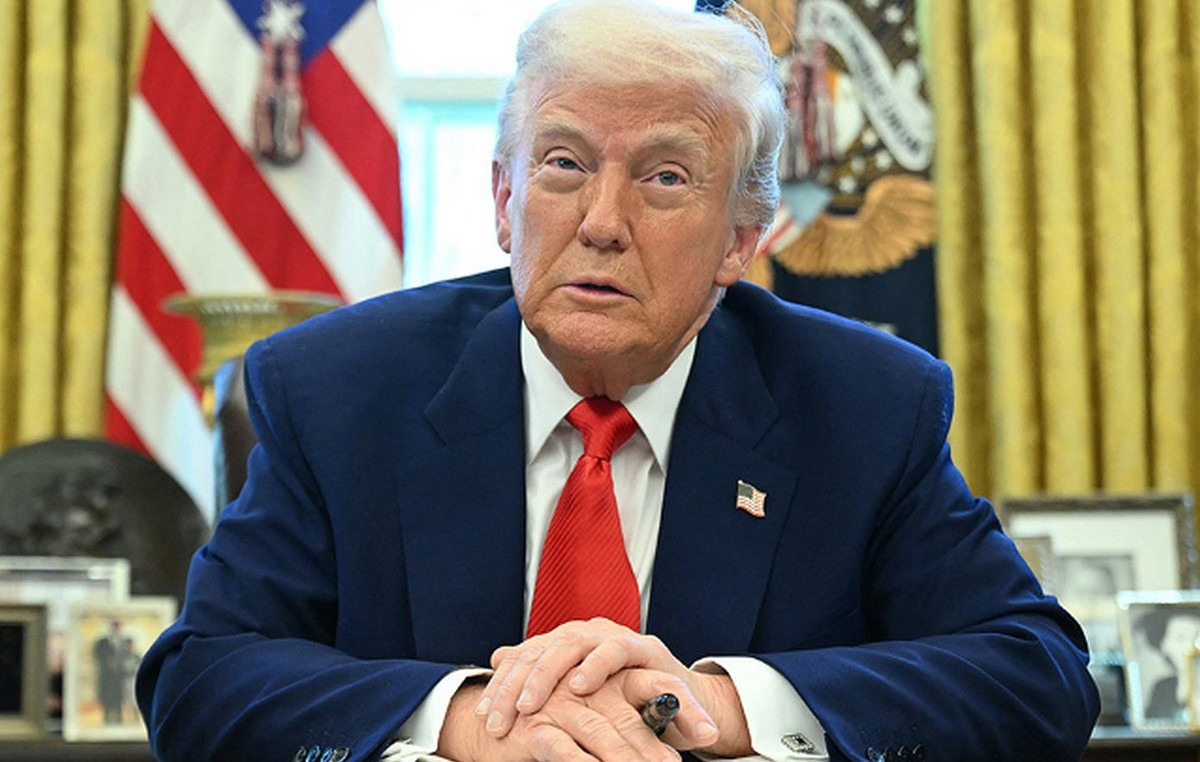- The Mexican Peso rose on Monday as market sentiment remains positive following data from the US and China.
- The Mexican economy continues to grow despite restrictive monetary policy, which is positive for the Peso.
- From a technical point of view, USD/MXN is trading at the bottom of a short-term sideways range.
The Mexican Peso (MXN) trades marginally higher on Monday, supported by increased risk appetite after weaker-than-expected US employment data raised hopes that the Federal Reserve ( Fed) move to cut interest rates, reducing borrowing costs for businesses and consumers.
The positive market mood continued in the Asian session on Monday thanks to Chinese data, which further supported the Peso, which is appreciated in risk environments.
The USD/MXN is trading at 16.95, the EUR/MXN at 18.24 and the GBP/MXN at 21.29, at the time of publication of this news.
The Mexican peso is trading higher in an optimistic market
The Mexican peso rose on Monday, as Asian stock markets rallied following the release of China's Caixin services PMI data, which showed continued expansion, and after Friday's weak US employment data, which rose hopes that interest rates could fall. In Japan, the Nikkei closed 0.93% higher, China's Shanghai Composite was trading 1.16% higher at the time of writing and the Hang Seng (HSI index) was up 0.53%.
Surprisingly good Mexican data
In Mexico, the flow of recent economic data continues to point to an economy that is performing surprisingly well under the yoke of historically high interest rates imposed by the Bank of Mexico (Banxico) to curb inflation.
Although the GDP growth rate in Mexico was lower in annual terms in the first quarter, it increased 0.2% quarter-on-quarter; April's manufacturing PMI remained in expansionary territory; Business confidence in April fell, but not by much, and gross fixed investment in February exceeded expectations.
Furthermore, in a recent survey, most private analysts expected inflation to rise to 4.20% in 2024, up from the March estimate of 4.10%, Banxico revealed.
The data suggests that Banxico will likely keep interest rates at their high 11.0% for now, which supports the Peso as it drives foreign capital inflows.
Technical Analysis: USD/MXN is at the bottom of the short-term range
The USD/MXN – the cost of one US dollar in Mexican pesos – remains at the limit of the range and with a short-term sideways trend. The pair has been oscillating between a bottom at 16.86 and a top at 17.40 since the April 19 breakout.
USD/MXN 4-hour chart
Given the old trading maxim, “the trend is your friend,” the short-term trend is expected to continue until the weight of evidence proves otherwise. Although USD/MXN attempted to break out of its range on Friday, the bearish pressure was not enough and prices recovered within the range again. However, there is a slight bearish bias, as the medium and long-term trends are bearish and these larger currents influence the shorter-term outlook.
The MACD (Moving Average Convergence Divergence) indicator has crossed above its signal line, offering a buy signal that could suggest that the pair is about to start rising again within its range.
Further upside could take USD/MXN to the 50 SMA on the 4-hour chart at 17.06, followed by the lower high at 17.15. A clear break above the resistance zone around 17.15-17.18 could lead to further rises towards the range highs again.
A decisive break of the range, either below the floor at 16.86 or the ceiling at 17.40, would change the pair's directional bias.
A break below the floor could take the pair further down to a target at 16.50, followed by the April 9 low at 16.26.
On the other hand, a break above the high would trigger a bullish target first at 17.67, piercing a long-term trend line and then possibly hitting another target around 18.15.
A decisive breakout would be one characterized by a green or red daily candle longer than the average that pierces above or below the maximum or minimum of the range, and that closes near its maximum or minimum of the period; or three green/red candlesticks in a row piercing above/below the respective levels.
Frequently Asked Questions about the Mexican Peso
What is MXN?
The Mexican Peso is the legal tender of Mexico. The MXN is the most traded currency in Latin America and the third most traded on the American continent. The Mexican Peso is the first currency in the world to use the $ sign, prior to the later use of the Dollar. The Mexican Peso or MXN is divided into 100 cents.
What is Banxico and how does it influence the MXN?
Banxico is the Bank of Mexico, the country's central bank. Created in 1925, it provides the national currency, the MXN, and its priority objective is to preserve its value over time. In addition, the Bank of Mexico manages the country's international reserves, acts as a lender of last resort to the banks and advises the government economically and financially. Banxico uses the tools and techniques of monetary policy to meet its objective. Regarding the influence of the central bank on the Mexican peso, a rise in Banxico interest rates tends to strengthen the MXN, while low rates will tend to devalue the local currency.
How does inflation impact the MXN?
When inflation is high, the value of the Mexican Peso (MXN) tends to decrease. This implies an increase in the cost of living for Mexicans that affects their ability to invest and save. At a general level, inflation affects the Mexican economy because Mexico imports a significant amount of final consumption products, such as gas, fuel, food, clothing, etc., and a large amount of production inputs. On the other hand, the higher the inflation and debt, the less attractive the country is for investors. However, depending on the context, high inflation implies higher interest rates from the Mexican central bank (Banxico), which can lead to strength in the Mexican peso.
How does the Dollar influence the Mexican Peso (MXN)?
The exchange rate between the USD and the MXN affects imports and exports between the United States and Mexico, and may affect demand and trade flows. The price of the Dollar against the Mexican Peso is affected by factors such as monetary policy, interest rates, the consumer price index, economic growth and some geopolitical decisions.
How does the Fed's monetary policy affect Mexico?
The exchange rate between the USD and the MXN affects imports and exports between the United States and Mexico, and may affect demand and trade flows. The price of the Dollar against the Mexican Peso is affected by factors such as monetary policy, interest rates, the consumer price index, economic growth and some geopolitical decisions. High interest rates from the Fed tend to strengthen the Dollar, so if Banxico kept rates low while the Fed kept them high, an imbalance would occur in the USD/MXN favorable to the USD.
Source: Fx Street
I am Joshua Winder, a senior-level journalist and editor at World Stock Market. I specialize in covering news related to the stock market and economic trends. With more than 8 years of experience in this field, I have become an expert in financial reporting.








